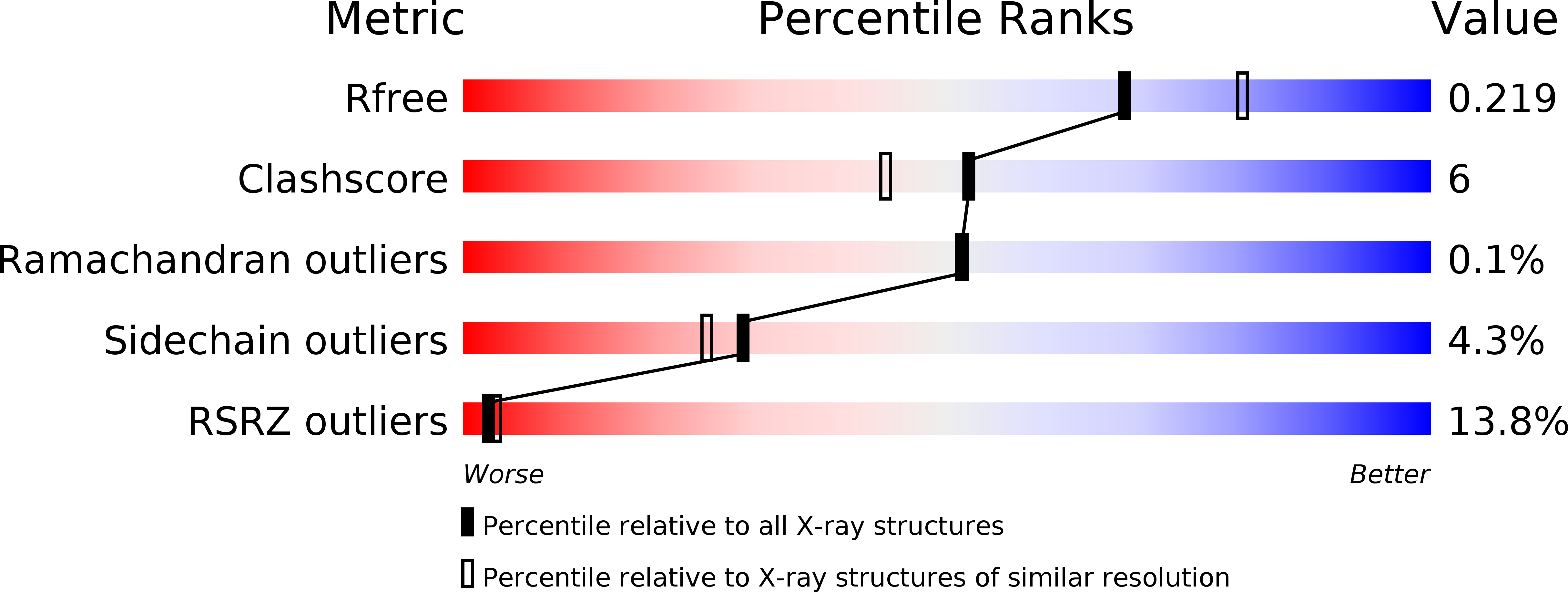
Deposition Date
2017-09-16
Release Date
2018-03-28
Last Version Date
2024-03-27
Entry Detail
PDB ID:
5YEC
Keywords:
Title:
Crystal structure of Atg7CTD-Atg8-MgATP complex in form II
Biological Source:
Source Organism:
Host Organism:
Method Details:
Experimental Method:
Resolution:
2.15 Å
R-Value Free:
0.21
R-Value Work:
0.19
R-Value Observed:
0.20
Space Group:
P 41 21 2


